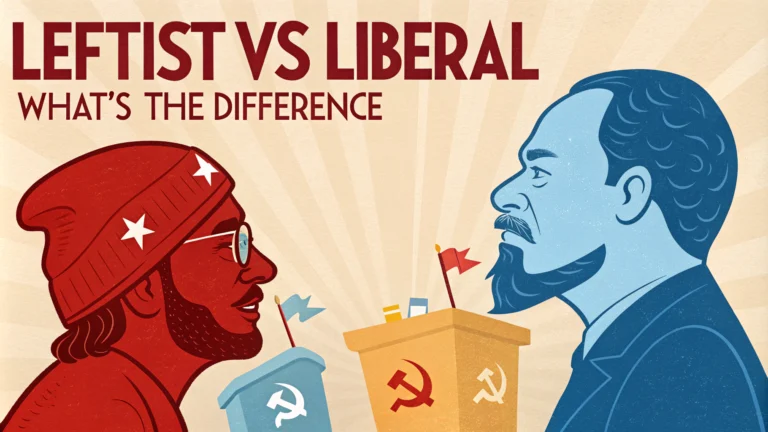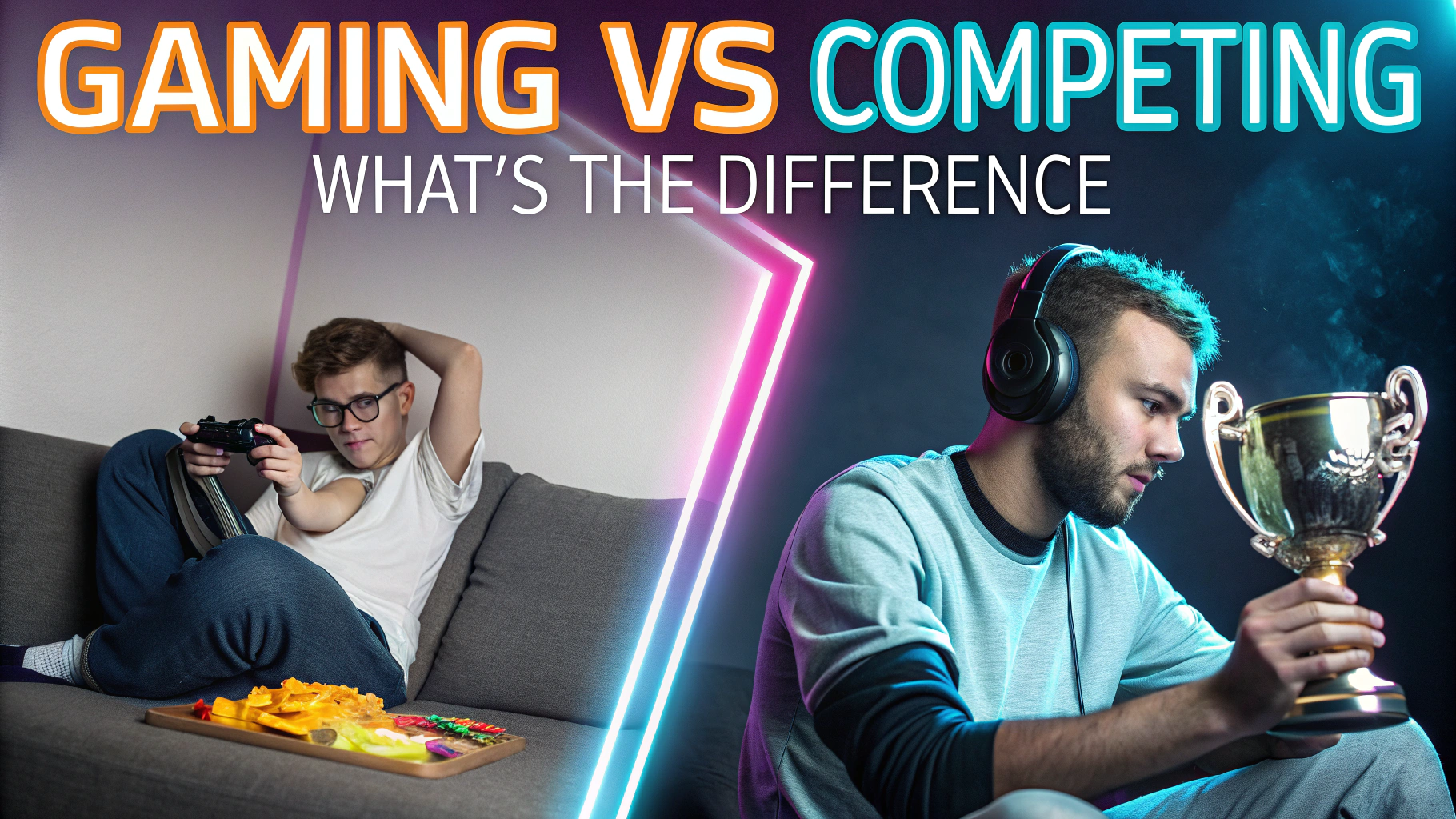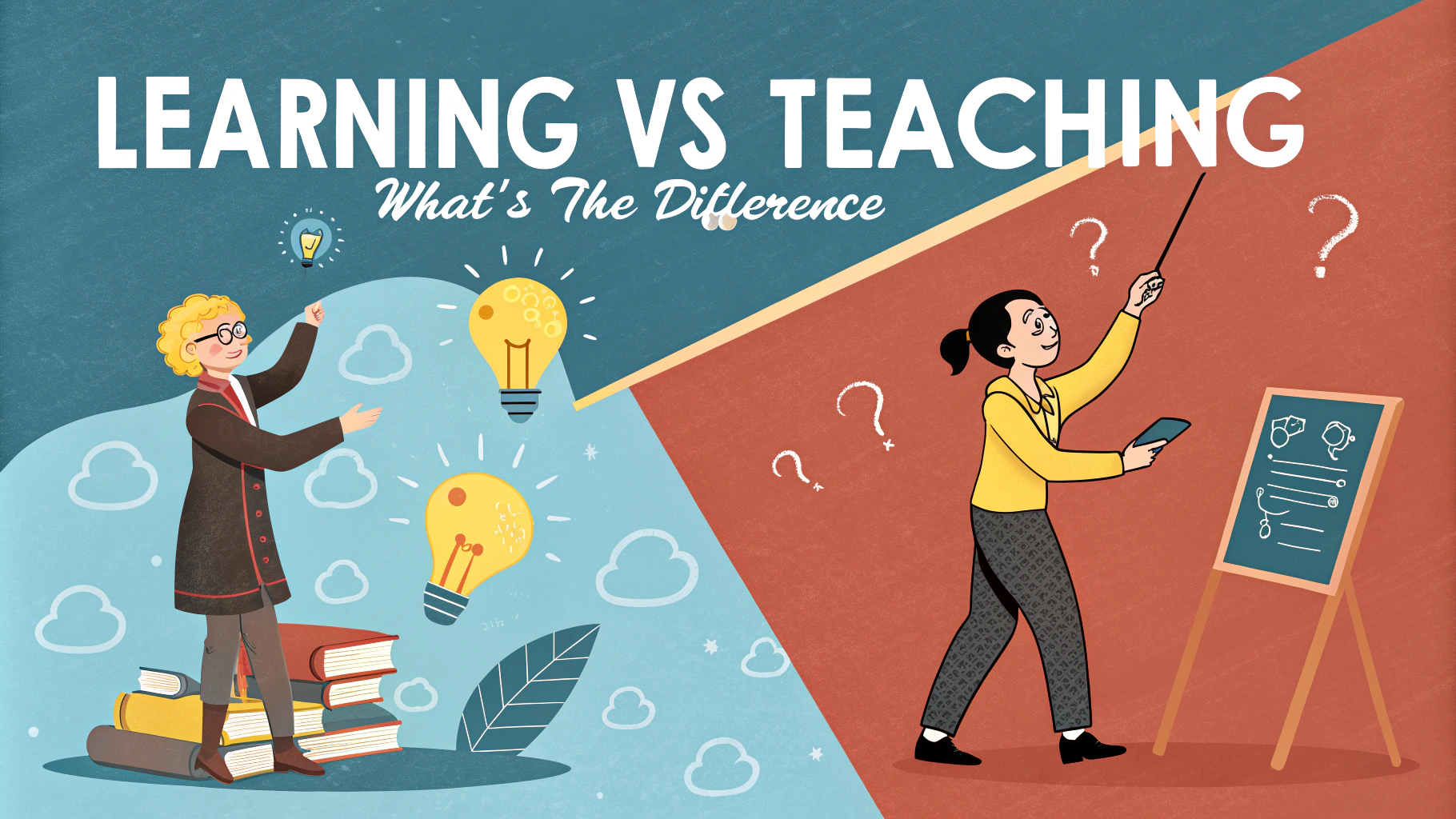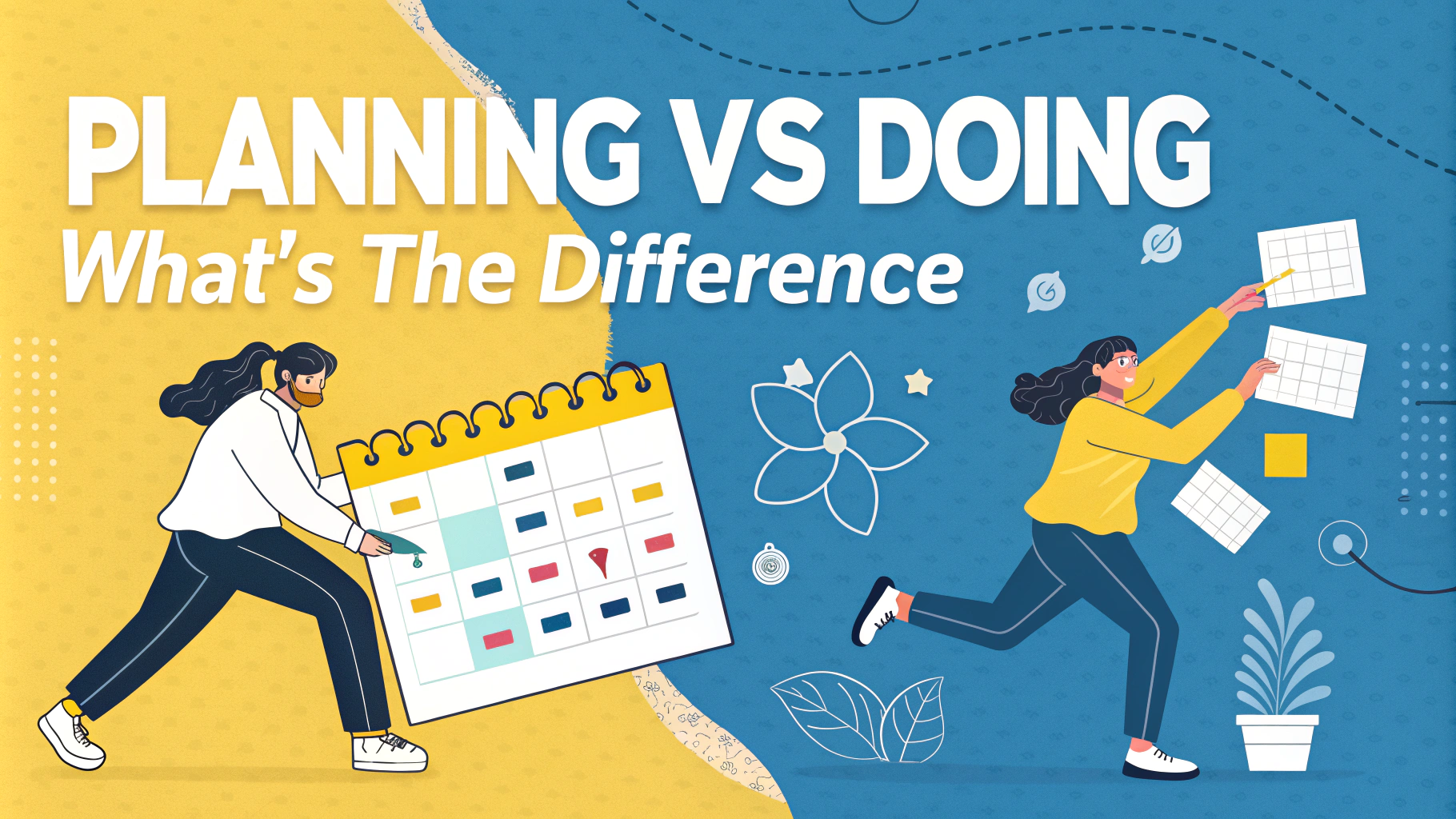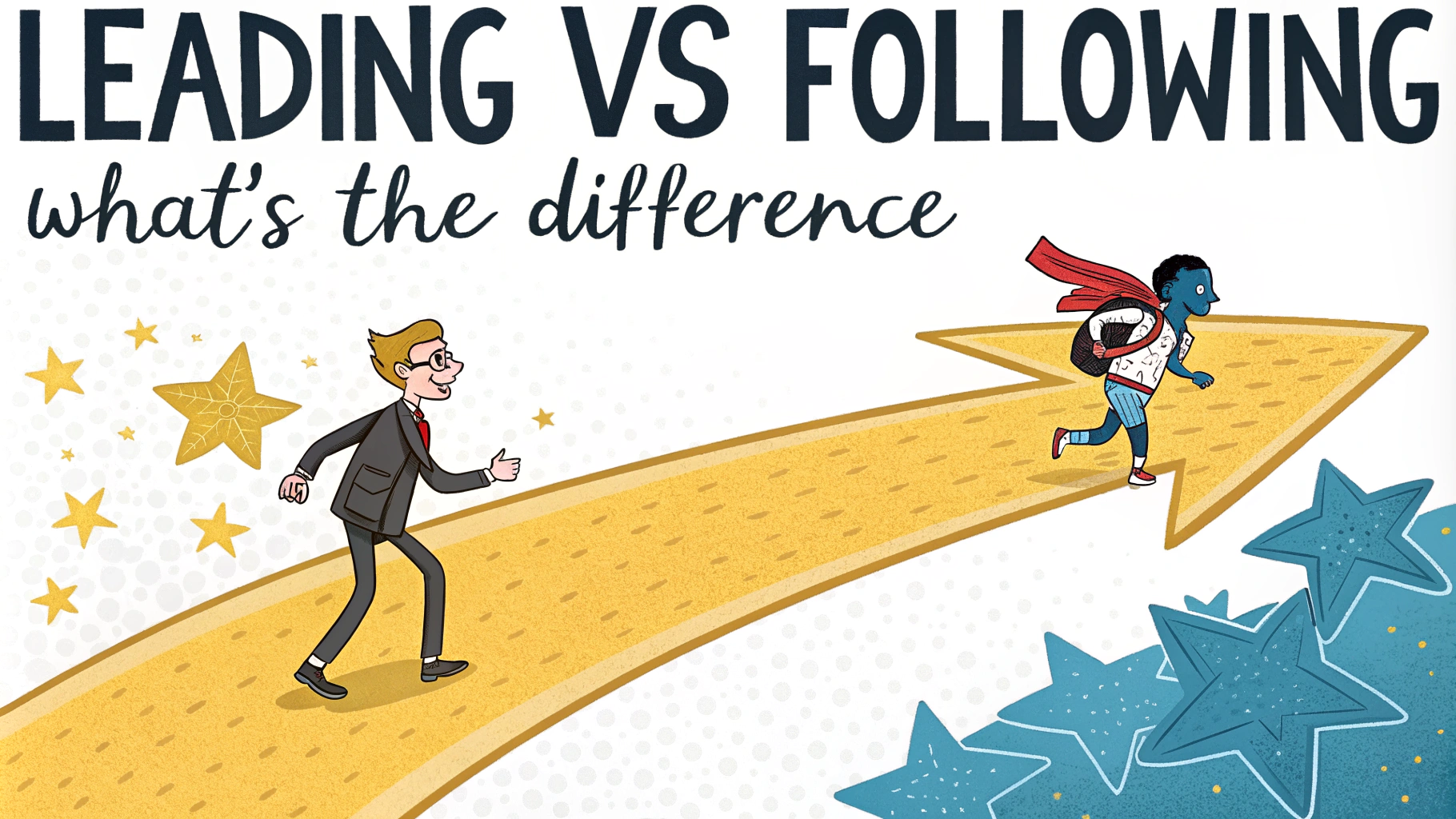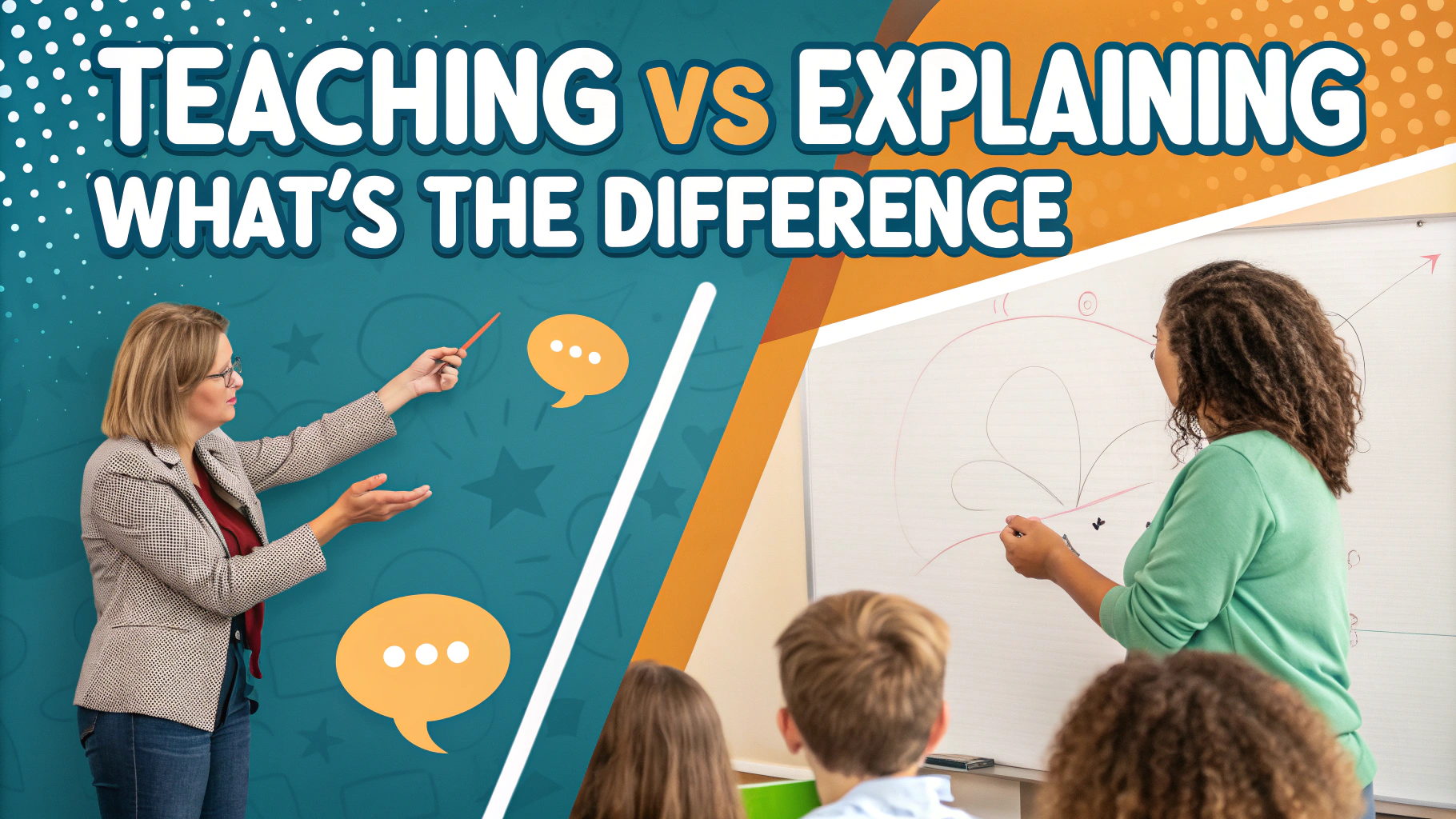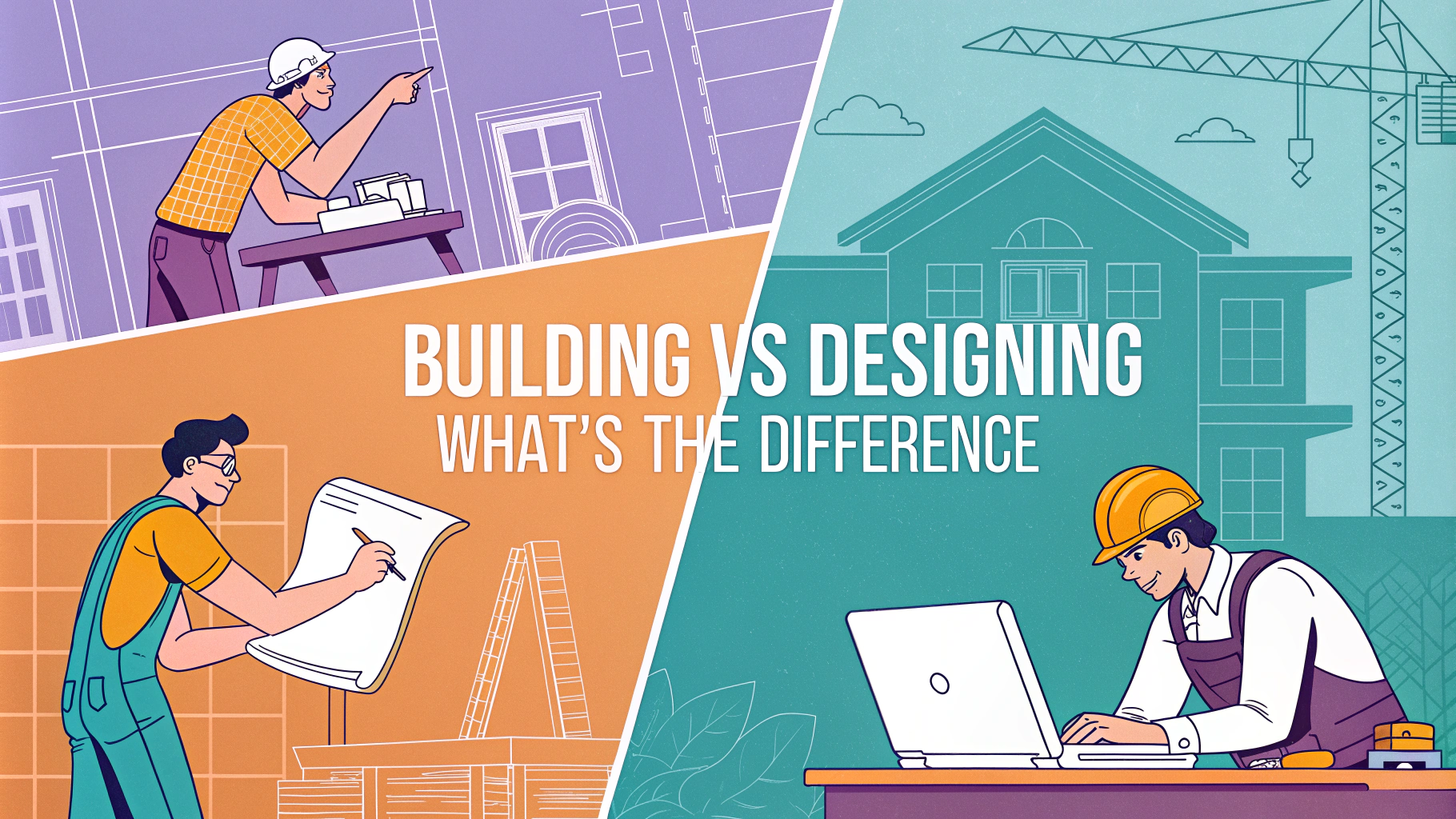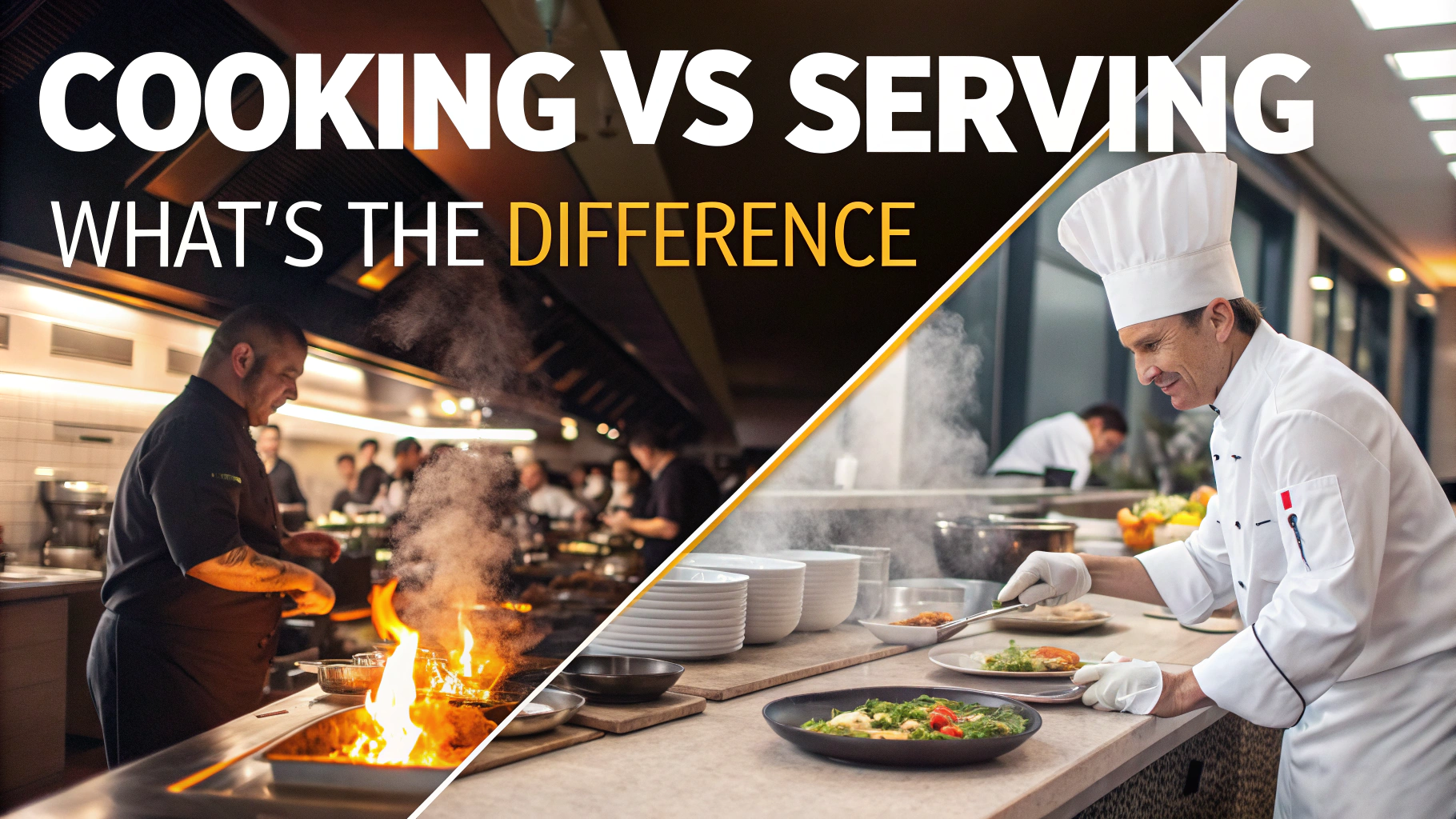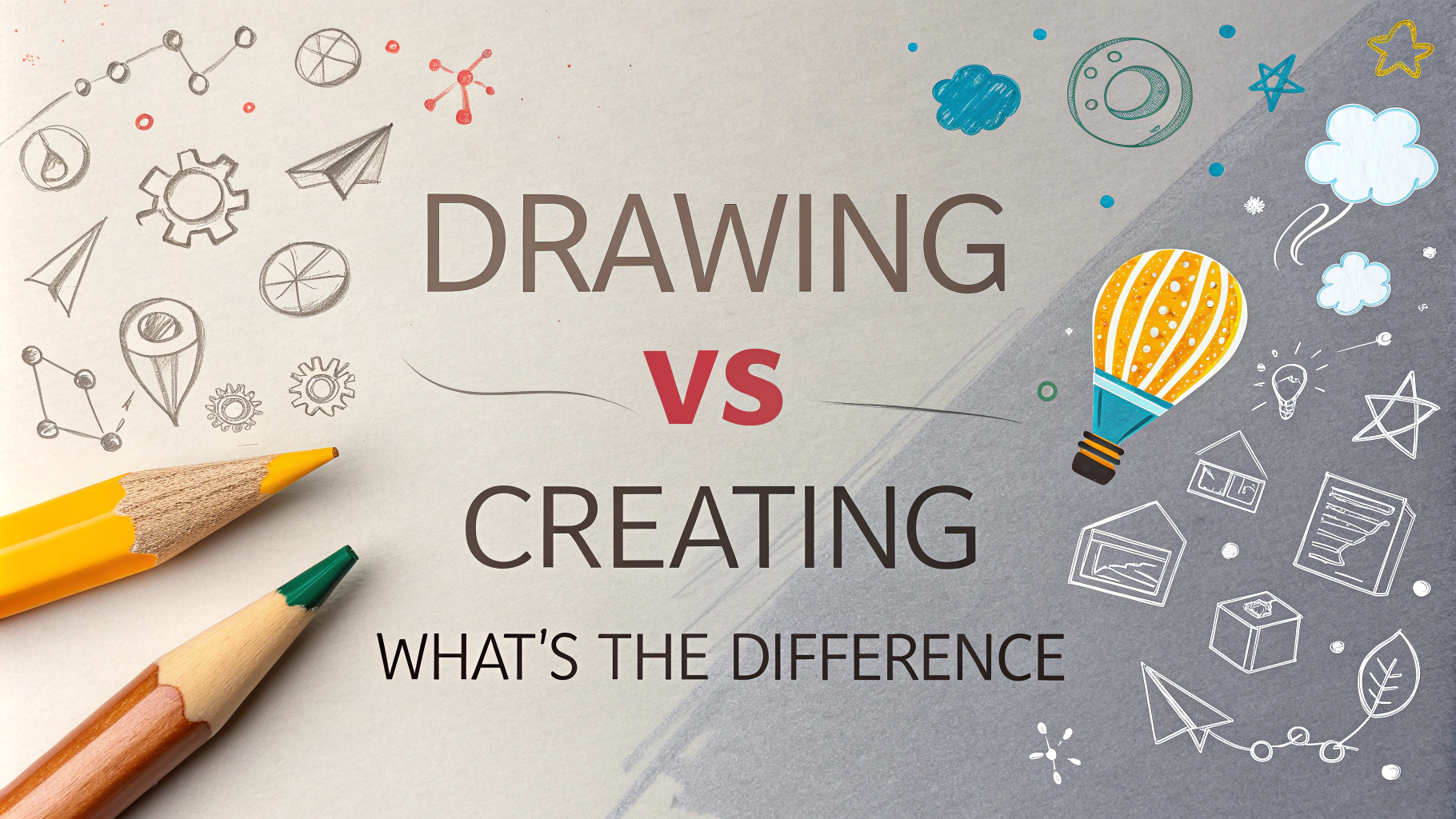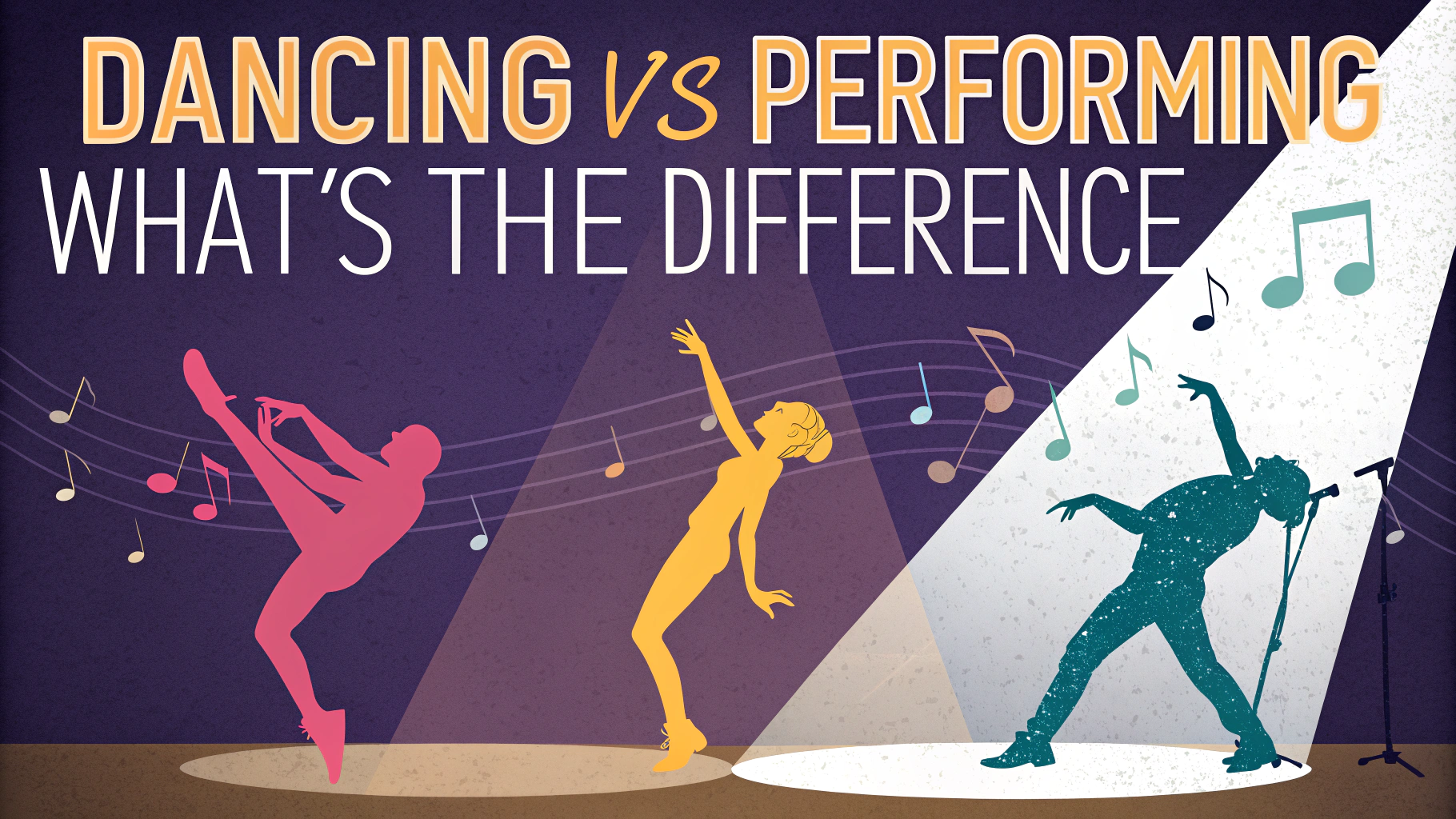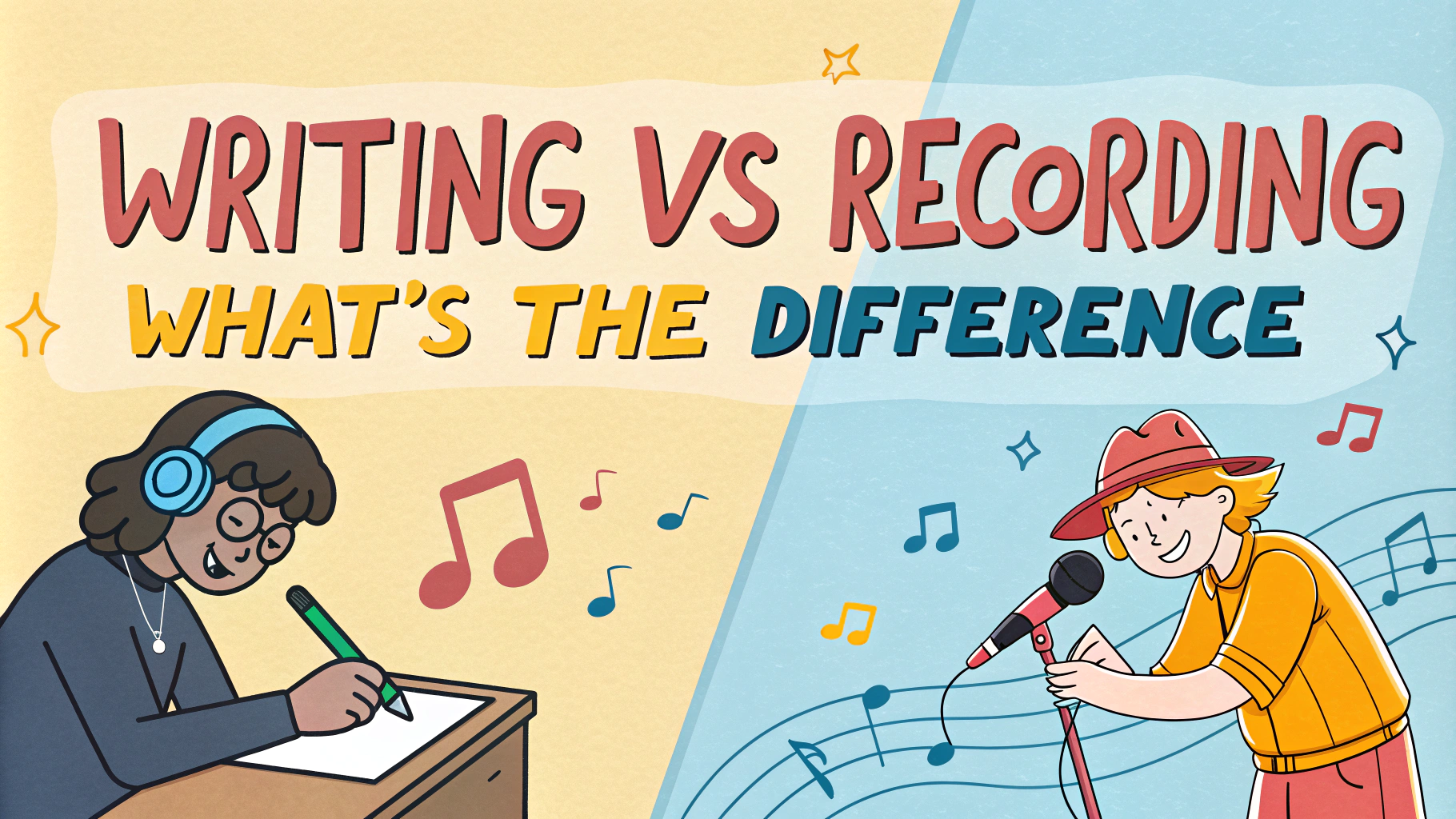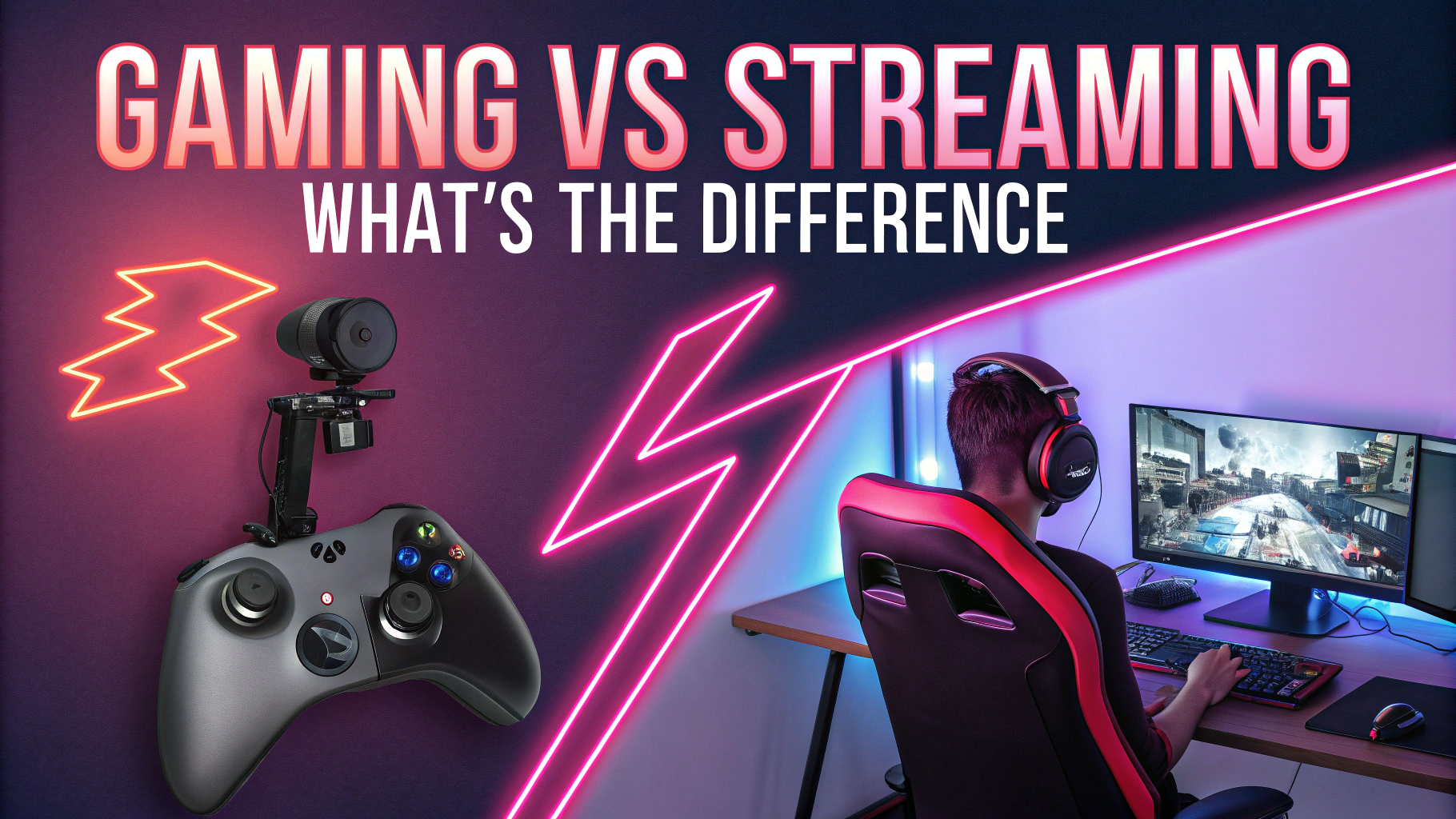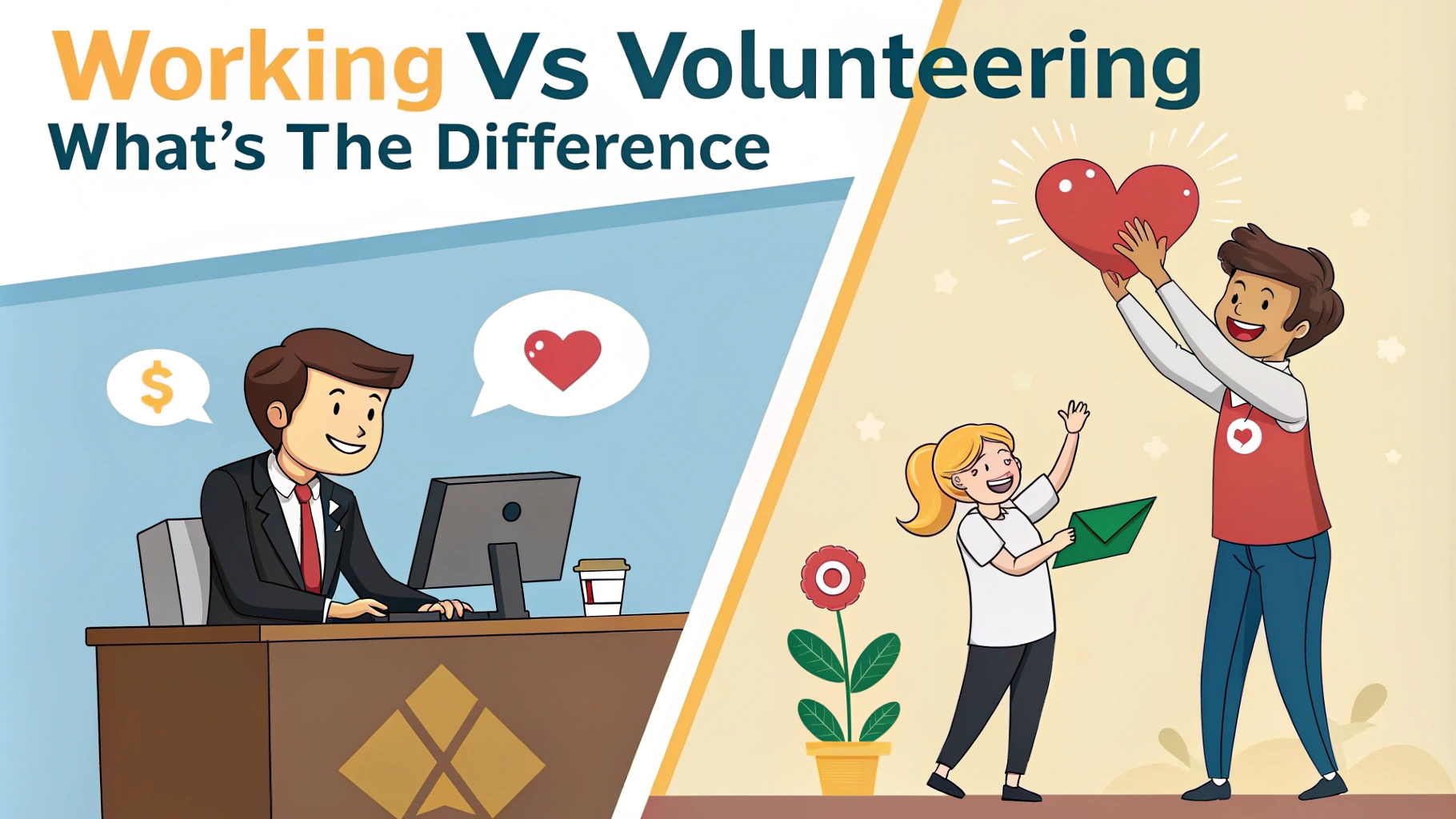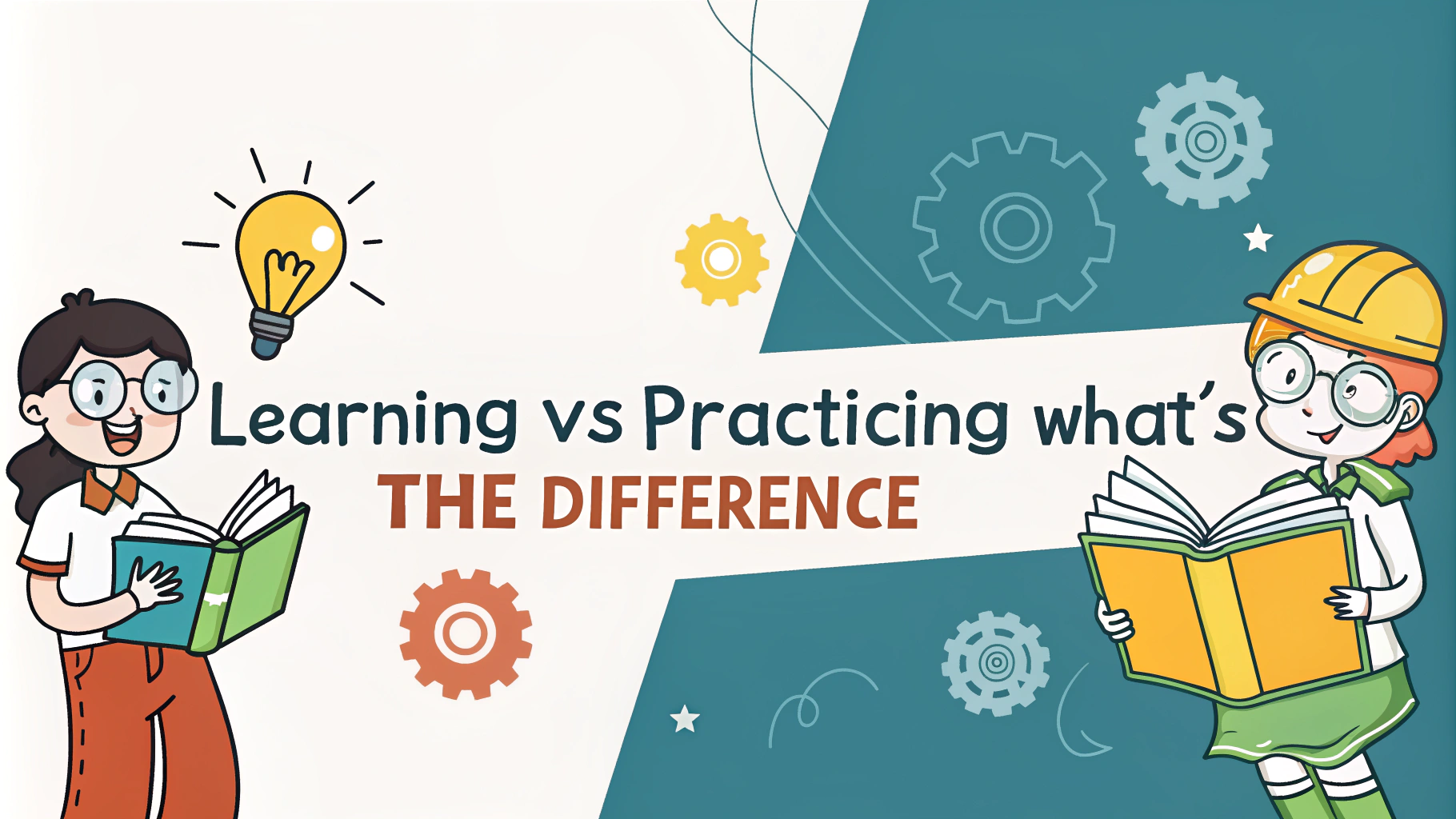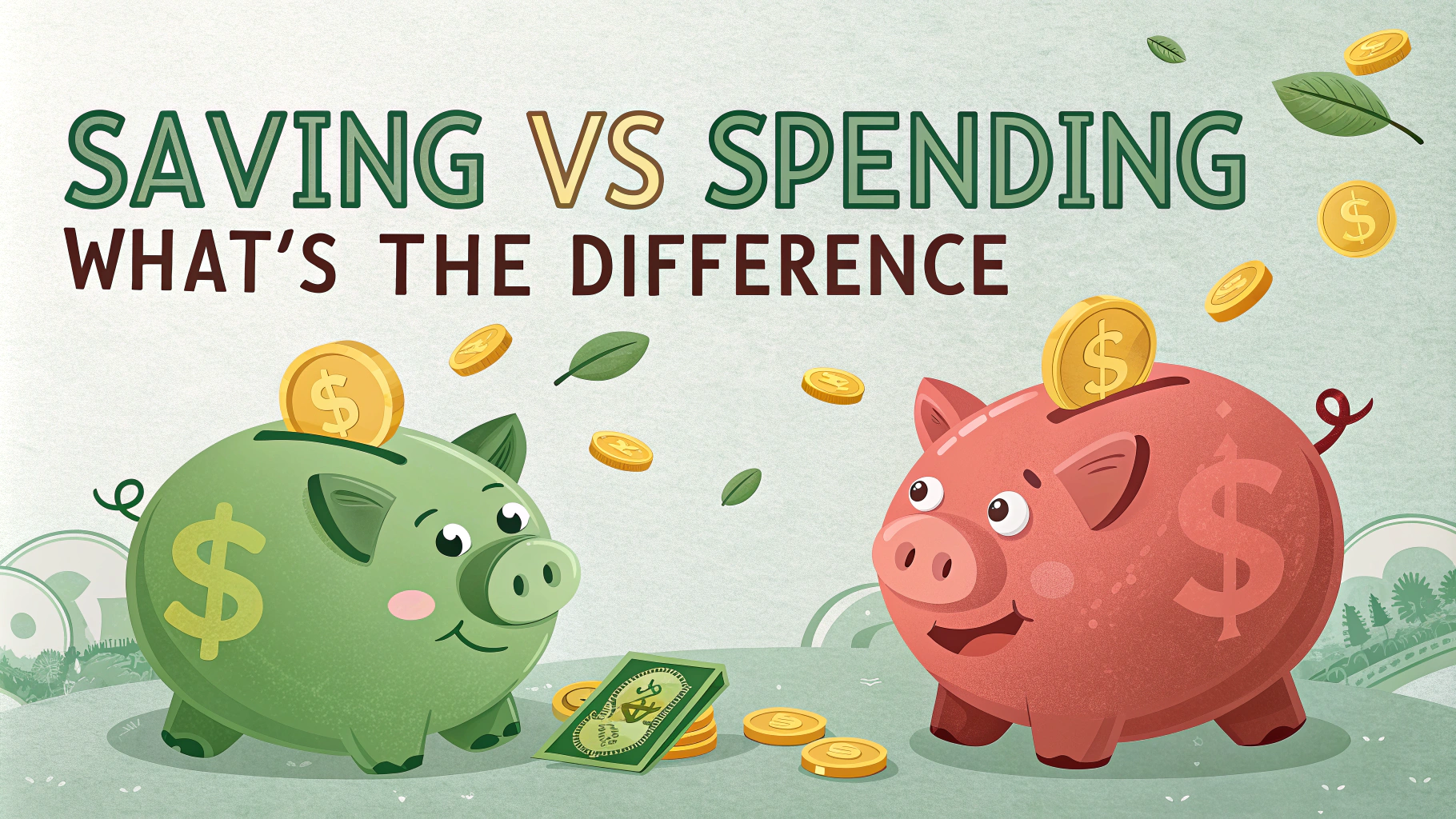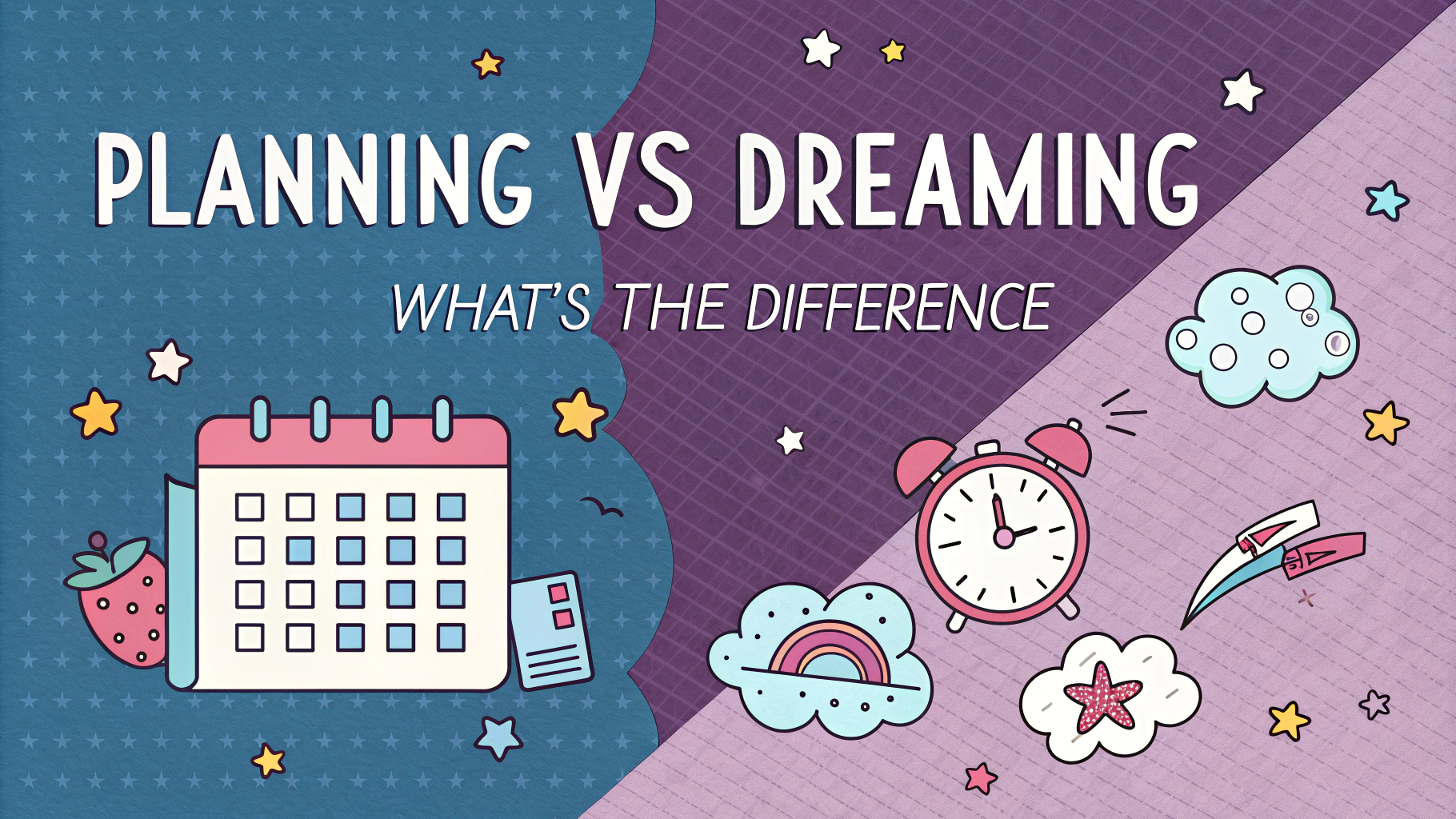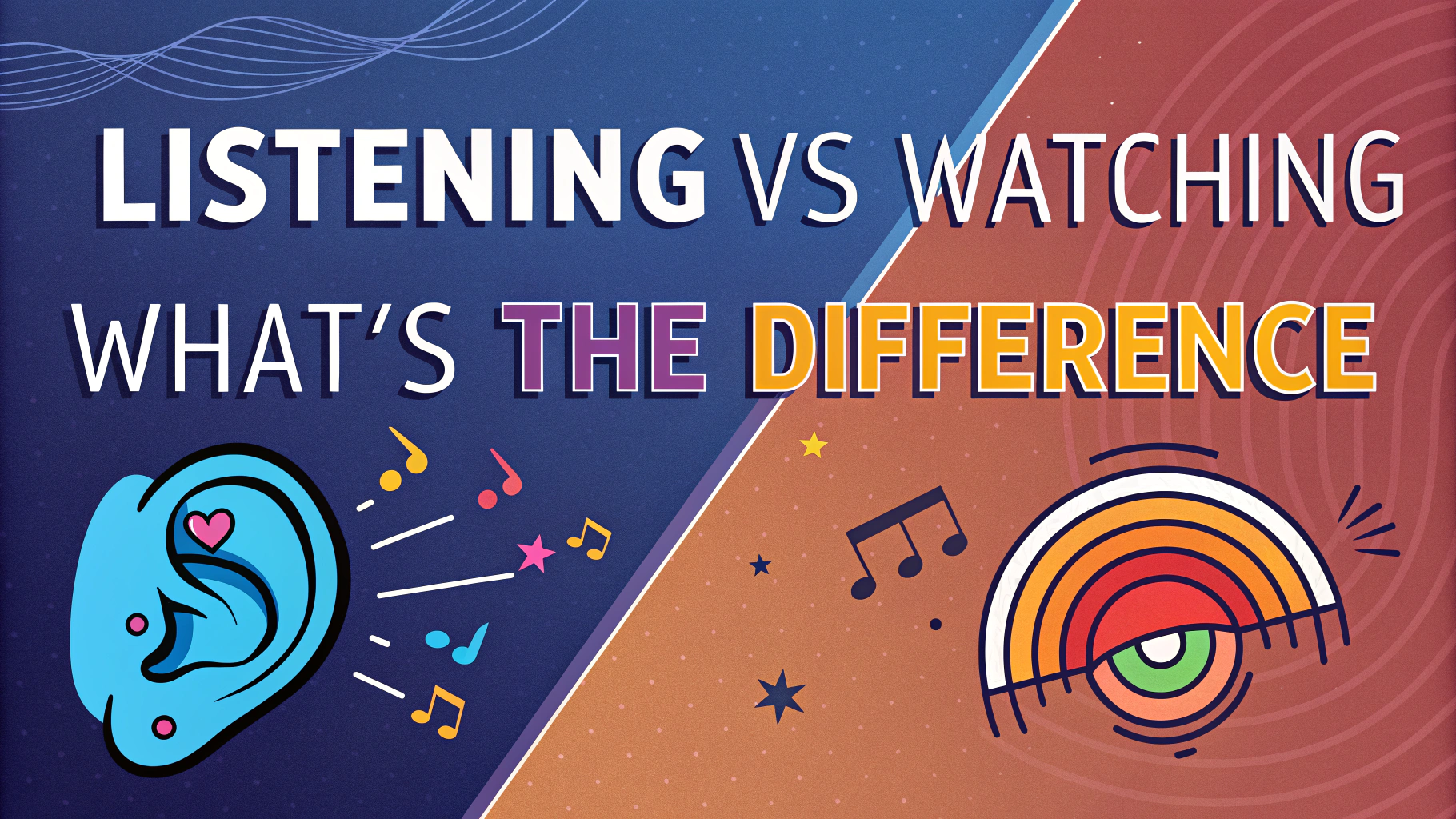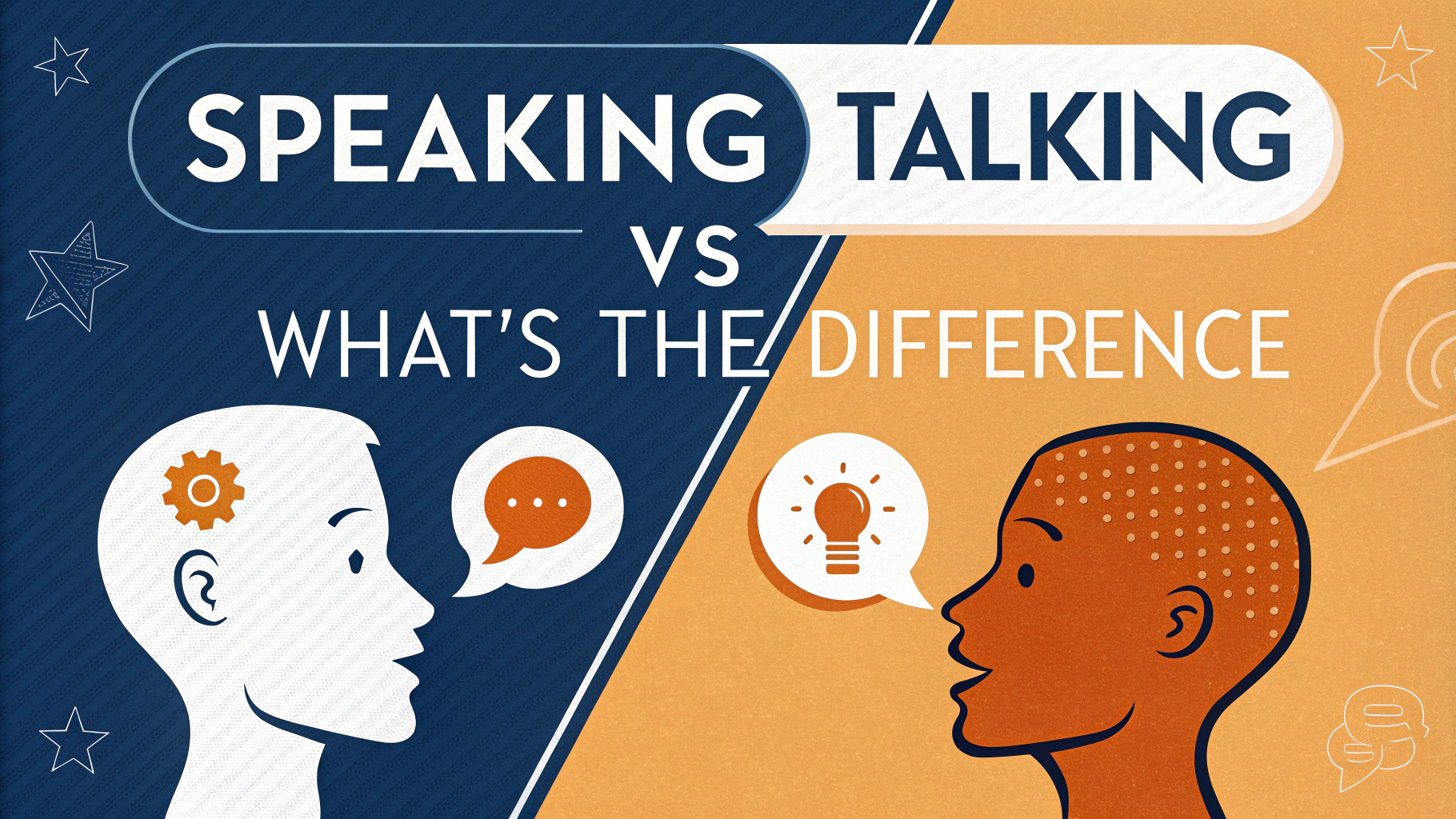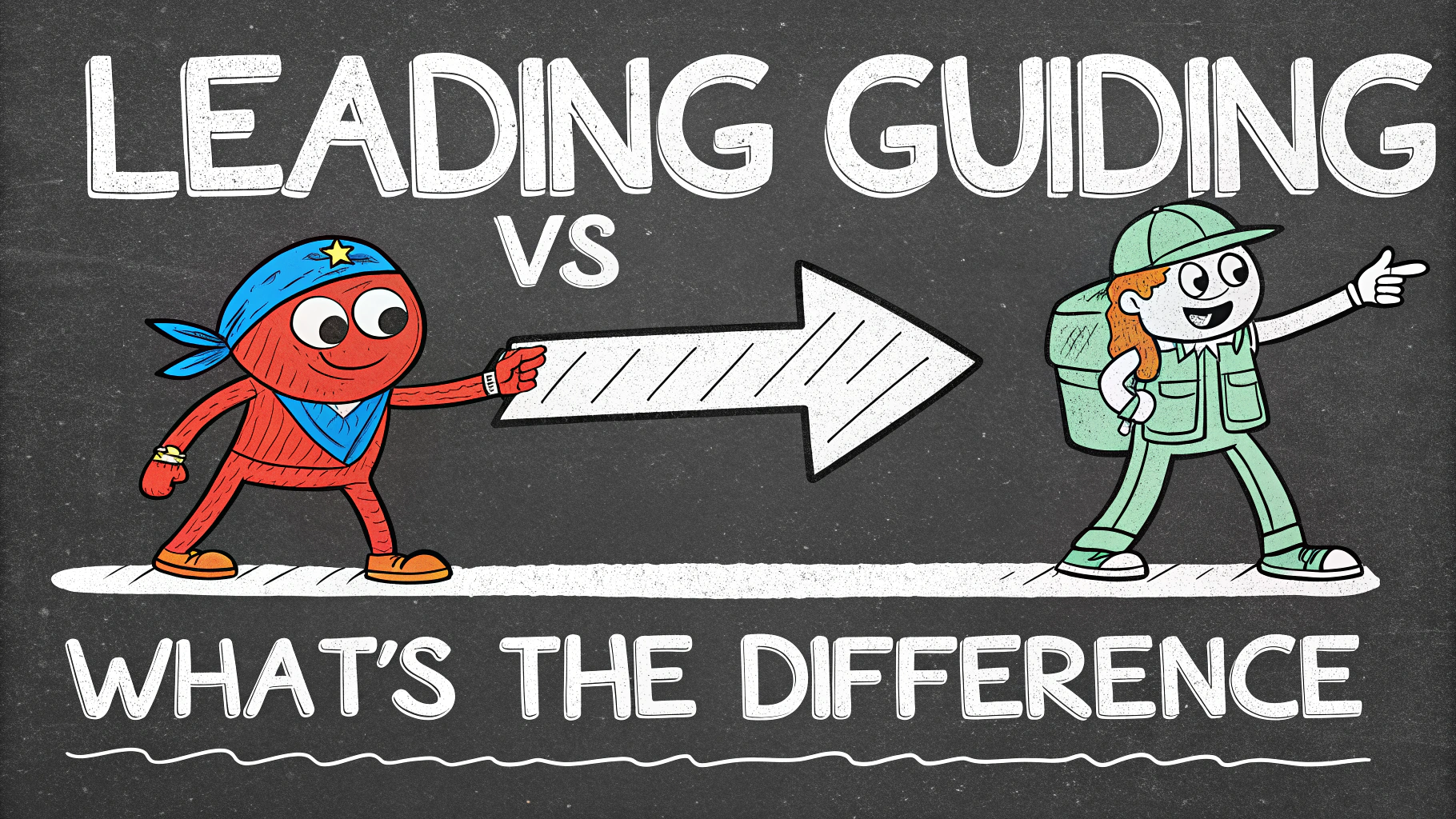The terms “leftist” and “liberal” are often used interchangeably, but they represent distinct political ideologies with significant differences. This article explores the key distinctions between leftists and liberals, helping you navigate the complex landscape of political thought.We’ll examine the core beliefs, economic perspectives, and approaches to social issues that set these two groups apart. By understanding these differences, you’ll be better equipped to engage in political discussions and make informed decisions about your own political stance.
Defining Leftists and Liberals
Leftists, also known as progressives or socialists, advocate for radical change to existing social and economic systems. They typically support:
- Wealth redistribution
- Workers’ rights and union power
- Strong government intervention in the economy
Liberals, on the other hand, generally favor:
- Gradual reform within the existing capitalist system
- Individual rights and civil liberties
- Limited government intervention in personal affairs
Economic Perspectives
The most significant divide between leftists and liberals lies in their economic views:Leftist economic stance:
- Critical of capitalism
- Support for socialist or mixed economic systems
- Emphasis on collective ownership and wealth redistribution
Liberal economic stance:
- Support for regulated capitalism
- Belief in free markets with some government oversight
- Focus on equal opportunity rather than equal outcomes
Approach to Social Issues
While both groups generally support progressive social policies, their approaches differ:Leftist approach:
- Systemic change to address root causes of social issues
- Emphasis on collective action and solidarity
- Support for radical reforms in areas like criminal justice and education
Liberal approach:
- Incremental reforms within existing systems
- Focus on individual rights and personal freedoms
- Support for moderate policy changes to address social issues
Navigating Political Discussions
Understanding the leftist vs liberal divide can help you navigate political discussions more effectively. Here are some tips:
- Listen actively: Pay attention to the specific ideas and concerns expressed by others
- Ask clarifying questions: Seek to understand nuances in people’s positions
- Find common ground: Identify shared values or goals, even if approaches differ
- Avoid labeling: Focus on specific policy positions rather than broad ideological categories
Remember that political beliefs exist on a spectrum, and individuals may hold a mix of leftist and liberal views on different issues.
Media Literacy and Information Sources
To form well-informed opinions on political issues:
- Diversify your news sources: Read from a variety of reputable outlets across the political spectrum
- Check for bias: Be aware of the potential slant in different media sources
- Look for primary sources: Seek out original research, policy documents, and direct quotes
- Fact-check claims: Use reliable fact-checking websites to verify information
Developing strong media literacy skills will help you critically evaluate political arguments and form your own conclusions.
Engaging in Political Action
Once you’ve developed a clearer understanding of your political beliefs:
- Stay informed: Keep up with current events and policy debates
- Vote: Participate in local, state, and national elections
- Contact representatives: Share your views with elected officials
- Join organizations: Get involved with groups that align with your values
- Volunteer: Support causes and campaigns you believe in
Remember that political engagement goes beyond just voting in major elections. Local and grassroots efforts can have a significant impact on your community.
Bridging the Divide
While the leftist vs liberal divide is real, it’s important to recognize opportunities for collaboration and mutual understanding:
- Focus on shared goals: Identify common objectives, even if methods differ
- Engage in respectful dialogue: Practice civil discourse and active listening
- Seek compromise: Look for policy solutions that incorporate elements from both perspectives
- Build coalitions: Work together on issues where there’s agreement
By finding ways to work across ideological lines, we can create more effective and inclusive political movements.
Conclusion
Understanding the differences between leftist and liberal ideologies is key to navigating today’s political landscape. By recognizing these distinctions, you can:
- Engage in more informed political discussions
- Better understand policy debates and proposals
- Clarify your own political beliefs
- Find common ground with others across the political spectrum
Remember that political ideologies are complex and nuanced. Continue to learn, question, and engage with diverse perspectives to refine your understanding and make informed decisions about your political stance.
FAQs about Leftists vs. Liberals
1. What’s the main difference between leftists and liberals?
The main difference lies in their economic and political ideologies:
- Leftists typically advocate for more radical economic changes, often supporting socialist policies
- Liberals generally support capitalist systems with some government regulation and social welfare programs
2. Are all leftists communists?
No, not all leftists are communists. Leftism encompasses a wide range of ideologies, including:
- Socialism
- Anarchism
- Social democracy
- Communism
While communism is a leftist ideology, it’s just one of many.
3. Do liberals support free market capitalism?
Most liberals support a mixed economy, which combines elements of free market capitalism with government intervention and regulation. They typically favor:
- Progressive taxation
- Social welfare programs
- Environmental protections
- Workers’ rights
4. How do leftists and liberals differ on healthcare policy?
| Leftists | Liberals |
|---|---|
| Often support single-payer or fully socialized healthcare systems | May support a public option or expansion of existing programs like Medicaid |
| Advocate for complete elimination of private health insurance | Often support a mix of public and private insurance options |
5. What are the key differences in leftist vs. liberal foreign policy?
Leftists often:
- Oppose military interventions and imperialism
- Support radical redistribution of global wealth
Liberals typically:
- Support international cooperation and institutions
- May support limited military interventions for humanitarian reasons
6. How do leftists and liberals approach climate change?
Both groups recognize climate change as a serious issue, but their approaches differ:
- Leftists often support radical systemic changes, like the Green New Deal
- Liberals typically favor market-based solutions and incremental policy changes
7. What’s the difference between democratic socialists and social democrats?
- Democratic socialists aim to eventually replace capitalism with a socialist system through democratic means
- Social democrats seek to reform capitalism and maintain a mixed economy with strong social welfare programs
8. Do leftists and liberals have different views on identity politics?
While both groups generally support social justice:
- Leftists often emphasize class-based analysis alongside identity issues
- Liberals typically focus more on individual rights and representation within existing systems
9. How do leftists and liberals differ on education policy?
- Leftists often support free public education at all levels, including university
- Liberals typically support increased funding for public education and programs to make higher education more affordable, but may not advocate for completely free college
10. What are the main leftist critiques of liberalism?
Common leftist critiques of liberalism include:
- It perpetuates economic inequality
- It’s too accommodating to capitalist interests
- It fails to address systemic issues
- It prioritizes individual rights over collective well-being
11. How do leftists and liberals approach labor unions?
Both groups generally support labor unions, but:
- Leftists often see unions as essential for worker empowerment and class struggle
- Liberals typically view unions as important for worker protections and fair negotiations within the existing economic system
12. What’s the difference between progressive liberals and centrist liberals?
- Progressive liberals tend to support more extensive social programs and regulations
- Centrist liberals often favor more moderate policies and compromise with conservative viewpoints

